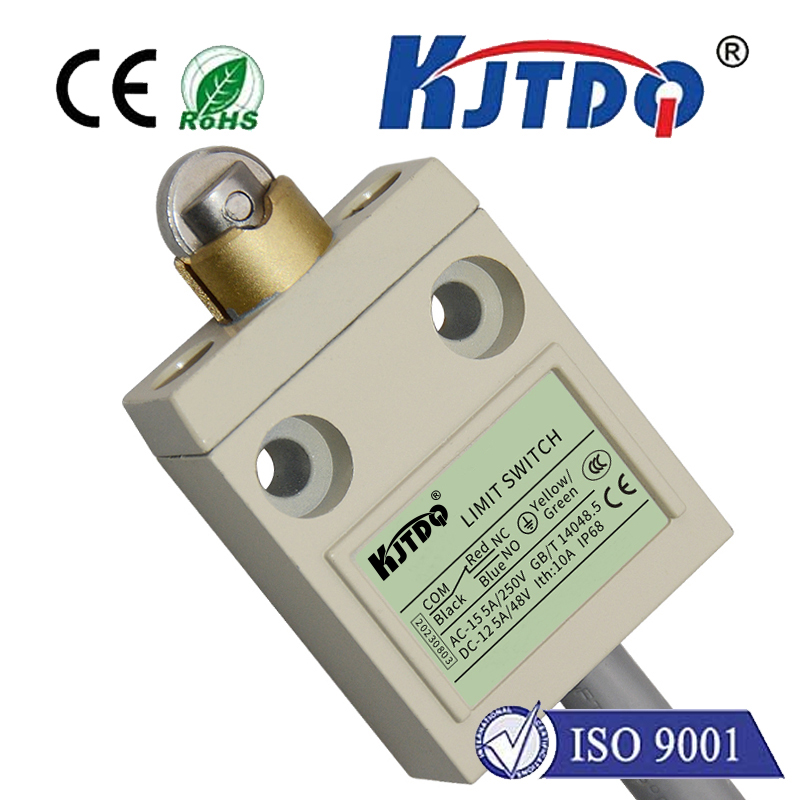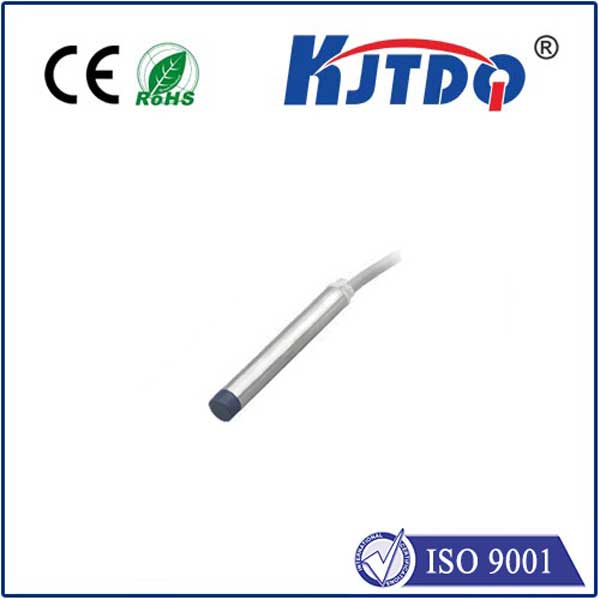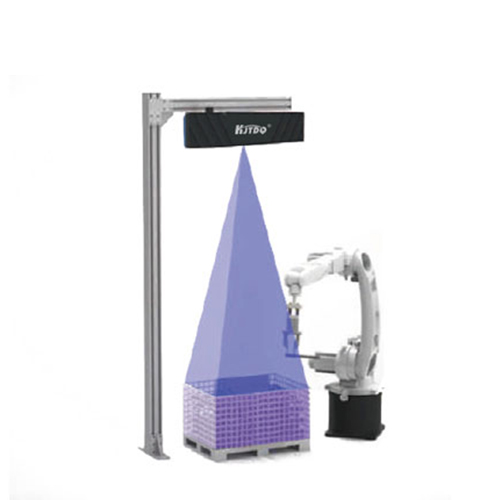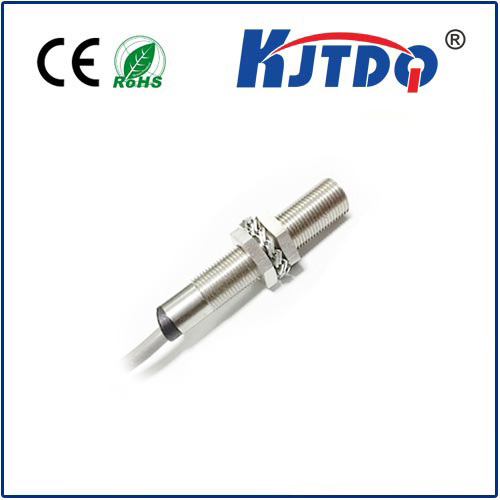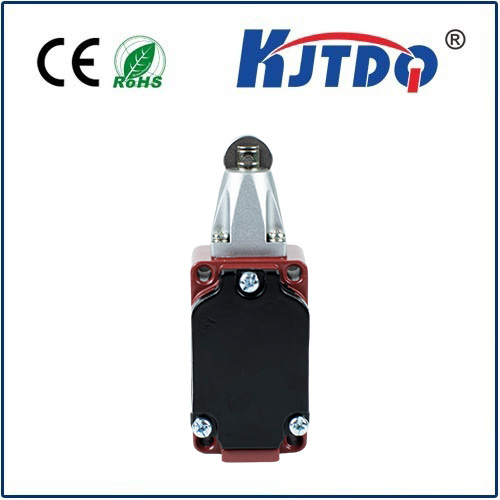
Title: Unveiling the Marvel of Modern Technology: The Proximity Sensor In the ever-evolving landscape of technological advancements, a proximity sensor stands as a testament to human ingenuity and innovation. This compact yet powerful device has revolutionized the way we interact with our environment, making our lives easier and more efficient. Let’s delve into what a proximity sensor is, how it works, and its diverse applications in various industries. Знание основ At its core, a proximity sensor is an electronic device that detects the presence, absence, or distance of an object without any physical contact. It operates on principles such as inductive, capacitive, optical, and ultrasonic technologies, each suited for specific applications. These sensors are designed to provide accurate measurements, ensuring seamless operation in numerous scenarios. The Intricacies of Operation Proximity sensors function by emitting a specific type of energy, whether it be electromagnetic fields, light waves, or sound waves, and then measuring the changes in this energy caused by the target object’s proximity. For instance, an inductive proximity sensor generates an electromagnetic field that induces a current in nearby conductive materials. This change in current is then detected and analyzed to determine the object’s distance or presence. Similarly, capacitive and optical sensors rely on alterations in electrical capacitance and light reflection, respectively, to perform their tasks efficiently. Межотраслевое применение The versatility of proximity sensors makes them indispensable in a wide array of industries, from manufacturing and automotive to consumer electronics and healthcare. In the industrial sector, they play a crucial role in automation processes, controlling machinery movements, and ensuring worker safety by monitoring equipment statuses and preventing unintended interactions. Automated guided vehicles (AGVs) utilize these sensors for navigation, while assembly line robots depend on them for precise object placement. In the realm of consumer electronics, proximity sensors enhance user experience by enabling features like screen dimming when a phone is held near the ear or automatic activation of lights upon entering a room. They also contribute to the development of advanced security systems, where motion detection helps safeguard properties against intruders. Healthcare benefits from proximity sensors too, with their use in patient monitoring systems to track vital signs without invasive procedures or wearables that alert caregivers to potential falls or anomalies. The Future Is Bright As technology continues to advance, so too will the capabilities of proximity sensors. With miniaturization, increased accuracy, and integration with IoT devices on the horizon, these sensors are poised to become even more integral to our daily lives. Their ability to facilitate touchless interactions and improve efficiency across diverse platforms underscores their importance in shaping a smarter, safer future. In conclusion, a proximity sensor is not just a component but a cornerstone of modern technological innovation. Its impact spans industries, enhancing operational efficiency, safety, and user convenience. As we continue to push boundaries, the potential applications for these sensors seem boundless, promising a world where technology adapts seamlessly to our needs.


